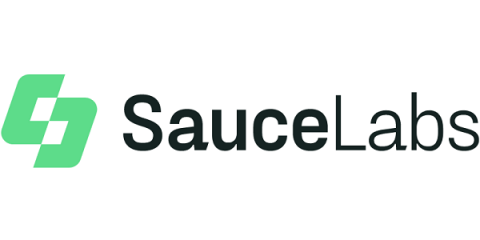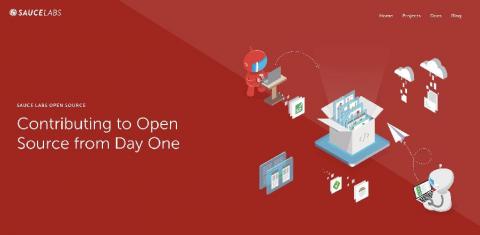Parallelize Your JavaScript Tests In CI/CD
This spring, Sauce Labs announced the Sauce Testrunner Toolkit (beta) to expand developer-first capabilities and support for native JavaScript frameworks. The Testrunner Toolkit makes setting up, writing, and running web tests easier and faster for developers during early pipeline testing. First it supported Puppeteer, followed by Cypress, TestCafe, and Playwright to provide the flexibility to test the way you want, along with Sauce Labs insights, at scale.






